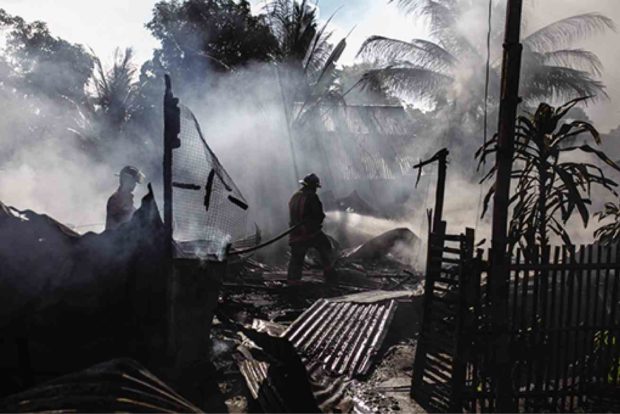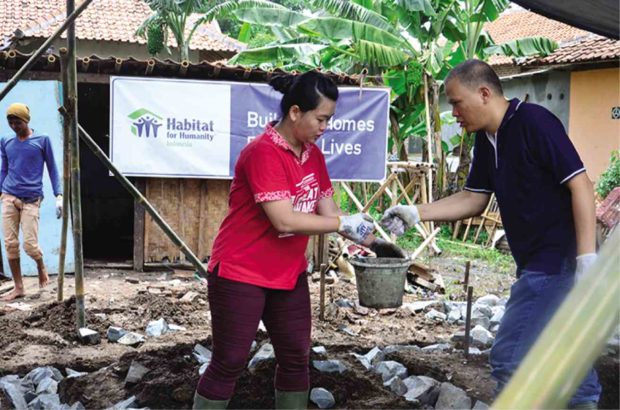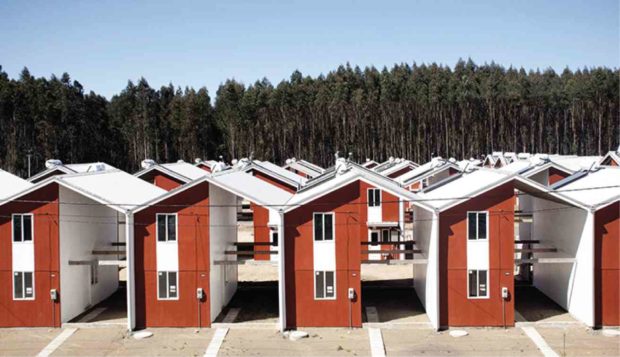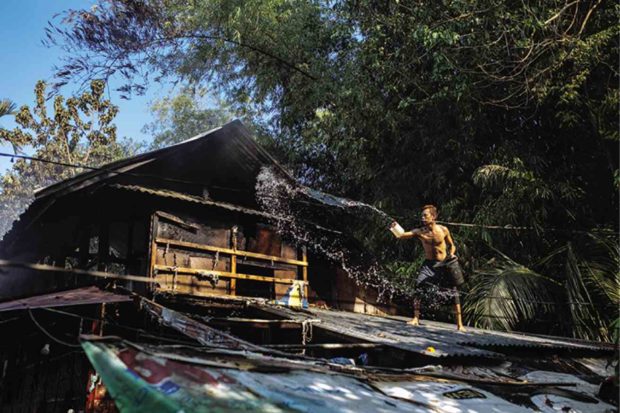Building better after a disaster
Several typhoons have come and gone. And it only takes just a few hours of strong winds, heavy rains and flood to destroy years’ worth of property and livelihood.
It is painful to experience loss amid natural disasters, but if there’s one thing good about these difficulties is that it allows us to start fresh.
When calamities strike and leave us with ruins, the opportunity to build better homes and infrastructure arises.
By learning from our experiences, we can improve the structure of our homes and avoid repeating the ordeal again. But how do we go about rebuilding without breaking the bank? What kind of home could give you a better chance at surviving disasters? Experts weigh in on the best approach to post-disaster reconstruction.
Lean toward permanence
Ricardo Álvarez-Díaz, one of Puerto Rico’s more prominent architects, identified three kinds of homes that arise after a disaster: emergency shelters, temporary shelters and long-term housing.
The first refers to those that can provide refuge immediately until about three weeks after the disaster. The second pertains to pre-fabricated units that can provide stable shelter for two to six months. The last is the one that takes the longest time to build but provides a more permanent solution.
According to Álvarez-Díaz, “building permanent, sustainable housing for the affected population should be a priority for teams charged with reconstruction.” So while you need to take up temporary shelter somewhere, you also need to invest in your long-term home.
Build core structures
A permanent house need not be delivered in one go.
Take for example, the core houses produced by the group Habitat for Humanity (HFH) for the families affected by an earthquake in Sumatra in 2009.
Measuring a mere 18 sqm in floor area, the core house is very affordable and easy to mass-produce. Despite this modularity, each unit is well supported by six concrete columns and beams, making it durable against earthquakes.
The roof is constructed with cement fiber material on wood frames. Each core house also comes with a built-in toilet. Families can modify and expand the structure as time progresses or as much as their resources will allow.
By building basic shelters, resources could be allocated to a higher number of families. This concept is also applicable to community buildings such as schools and health centers.
Room for expansion
In relation to core structures, it is important to provide space for future expansion of permanent homes. A project that exemplifies this well is the Villa Verde community in the town of Constitución, Chile. Architectural firm Elemental, with its principal Alejandro Aravena, literally designed half of a house to allow its residents to design the other half.
As described by the architects, this project allowed fixtures and materials to be built with better quality. As the government is only required to provide half of the whole house, families can be provided with homes of higher standards without sacrificing its residents’ personal preferences.
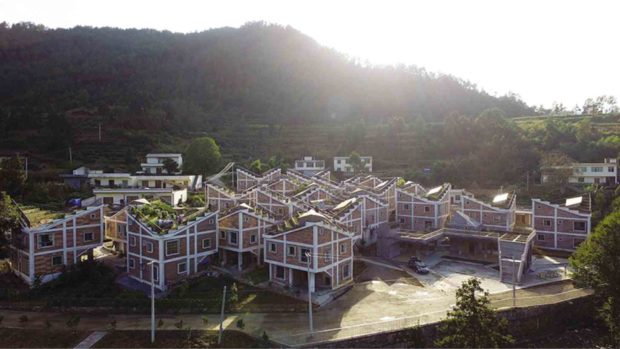
The reconstructed homes of Jintai Village by Rural Urban Framework is a prototype for sustainability.
Ensure sustainability
Apart from building homes and other structures, post-disaster reconstruction should also consider building livelihoods.
Jintai Village of China’s Sichuan Province did this for their second post-disaster housing project. The first batch of reconstructed homes, built after an earthquake, gave way due to heavy rainfall and landslides.
To avoid failure, design firm Rural Urban Framework created a cluster of residential buildings with stepped garden roofs, biogas technology and shelter for livestock. The project also featured natural waste-water treatment and community farms.
By supporting local livelihood and encouraging community spirit, these new buildings have become a commendable prototype for reconstructed housing. Such homes not only ensure the longevity of structure, but also the strengthening of familial and neighborly ties.
Start anew
While a calamity might have taken your material possessions, it shouldn’t take away your capacity to hope.
Despite being one of the most disaster-prone nations in the world, our country has a lot of potential to offer in terms of natural resources and features.
To make sure that your home is designed well against natural forces, it is best to consult professionals. Your house should be your best shelter against disaster. If your home fails once, take it as an opportunity to ensure it doesn’t fail again.
(Sources: Denniz Futalan via pexels.com; www.alvarezdiazvillalon.com; www.archdaily.com; www.habitat.org; Suyin Chia for Villa Verde photo)
The author is a licensed architect who studied abroad and currently works for DSFN Architects. She grew up in a home that often fell victim to floods.

